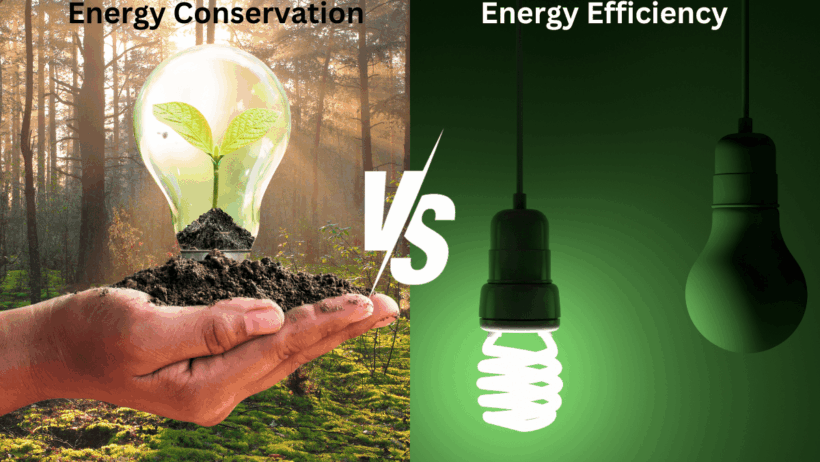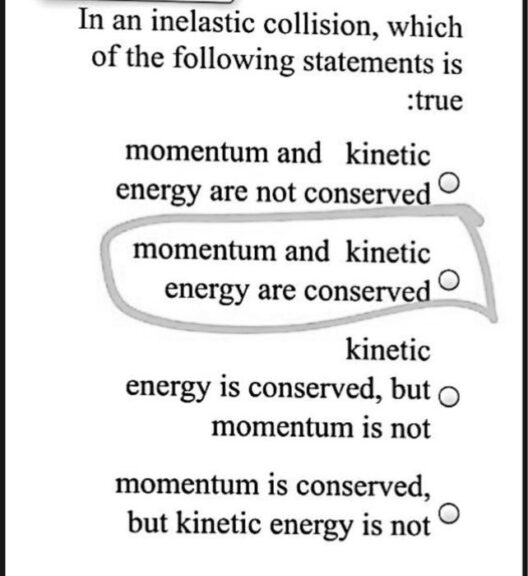Energy conservation is often viewed through the lens of household practices—turning off lights, unplugging devices, or investing in energy-efficient appliances. However, there exists a realm of conservation that transcends common strategies, one that may surprise even the most ardent environmental enthusiasts. Picture this scenario: what if a simple change in the behavior of a common urban transportation system could result in stunning energy savings? This is not mere theorizing; it is a reality found in cities like San Francisco, where the implementation of cable cars not only preserves energy but also shapes an entire cultural identity.
The concept of cable cars may evoke nostalgia, calling to mind images of bustling streets lined with these iconic vehicles. However, they are more than just a quaint mode of transportation; they embody a systematic approach to energy conservation. In this case, both the mechanics of the cable cars and the infrastructure surrounding them provide an intriguing example of efficiency. On the surface, it seems counterintuitive that a system designed for the late 19th century could be relevant in today’s energy-conscious climate. Yet, these vehicles operate through a unique mechanism that allows them to conserve energy while transporting thousands of passengers daily.
So how do cable cars operate sustainably? The fundamental principle is simple: they rely on an electric motor that draws energy from an underground cable. This system proves remarkably efficient, as it minimizes the energy required for climbing steep hills—an inevitable challenge in San Francisco’s topography. As the car ascends, it utilizes gravitational potential energy and inertia. Thus, with each descent, the energy expended is significantly reduced. Hence, the cable cars generate less environmental impact compared to traditional diesel buses that thump their way through the city, consuming fossil fuels and releasing pollutants into the air.
Consider the numbers involved. A single cable car can transport approximately 60 passengers at a time, efficiently moving vast quantities of people without the extensive energy demands associated with more conventional forms of public transportation. By centralizing transportation in this way, entire neighborhoods can benefit from reduced traffic congestion, thus lowering emissions from idling vehicles. Imagine the collective shift—what if we could motivate other cities to adopt similar models, heralding a renaissance of electric transportation that espouses sustainability? Yet, therein lies the challenge. How do we replicate this success in different urban landscapes with unique constraints?
Another fascinating aspect of cable cars is their cultural significance. They are an inherent part of the city’s identity, attracting tourists and locals alike. The tourism industry, while sometimes criticized for its carbon footprint, can be reimagined as a force for good. By celebrating cable cars as an environmentally friendly transportation option, cities can embrace and promote energy conservation as part of their appeal. However, this creates a paradox: how can cities balance the influx of visitors while remaining committed to sustainability? Here lies a tantalizing question, urging urban planners to rethink the nexus between tourism and environmental health.
Moreover, the legacy of cable cars extends beyond their immediate energy savings. The materials used in their construction and operation also bear scrutiny. Traditional rail systems, often made of steel, require vast amounts of energy to produce. Cable cars, on the other hand, utilize lightweight materials that reduce not only the energy required for transportation but also the logistical challenges associated with maintenance and repair. This lends itself to a crucial examination of the lifecycle of transport infrastructure: what fostering practices can we adopt to ensure that future transportation systems remain sustainable?
Integrating cable cars into the existing urban fabric also presents potential difficulties. Many cities grapple with the question of retrofitting old infrastructure to accommodate new technologies. In the case of San Francisco, the cable car system is not only a mode of transport but a historic landmark. This raises another enticing question: how can cities leverage their historical assets in a way that promotes modern energy conservation? Combining aesthetics with functionality fosters an environment where traditional structures evolve alongside contemporary ecological needs.
Ultimately, the conversation surrounding cable cars is emblematic of a larger narrative of energy conservation. They serve as a case study for how infrastructure can meld seamlessly with urban living, offering lessons that extend beyond San Francisco. Imagine cities worldwide adopting innovative transit methods that alleviate reliance on fossil fuels while catering to the cultural and historical nuances of each locale. Inquisitively, how can we ignite the desire for such transformations among urban populations? Advocacy, education, and participatory planning will catalyze change in a mutually beneficial manner.
In conclusion, the analysis of San Francisco’s cable cars reveals a multifaceted approach to energy conservation, challenging the conventional paradigms of urban transportation. They illuminate the potential for integrating efficiency into the very foundation of a city’s identity. Addressing the challenges that arise in balancing sustainability with urban identity will require not only innovative thinking but also communal cooperation. As communities across the globe contemplate their energy futures, they should consider how to harness unique local strategies—inspired by models like cable cars—to engender a more sustainable world. The road ahead is laden with potential, but it will require visionaries willing to embrace the intersection of history, culture, and energy conservation.







